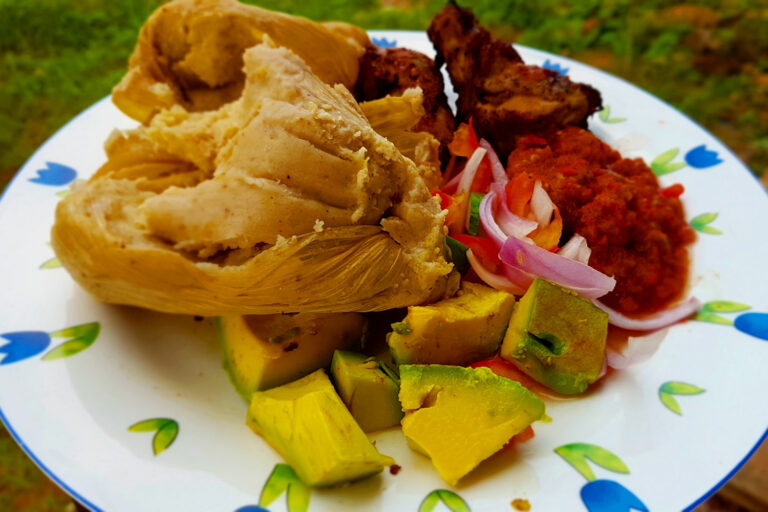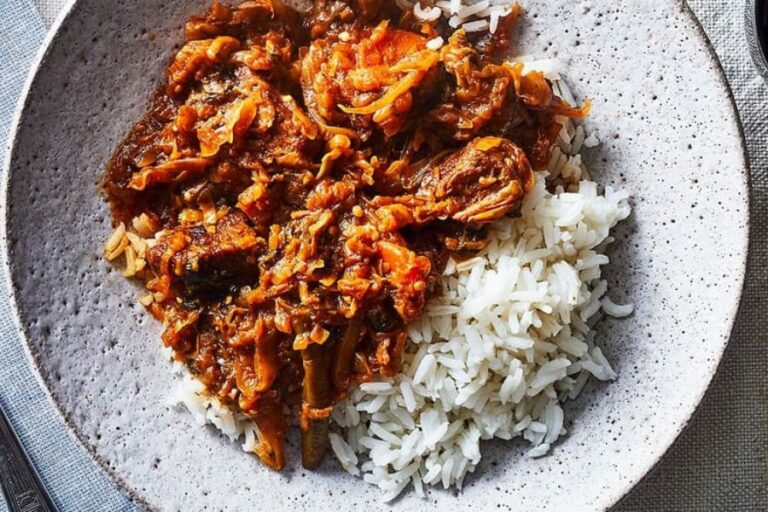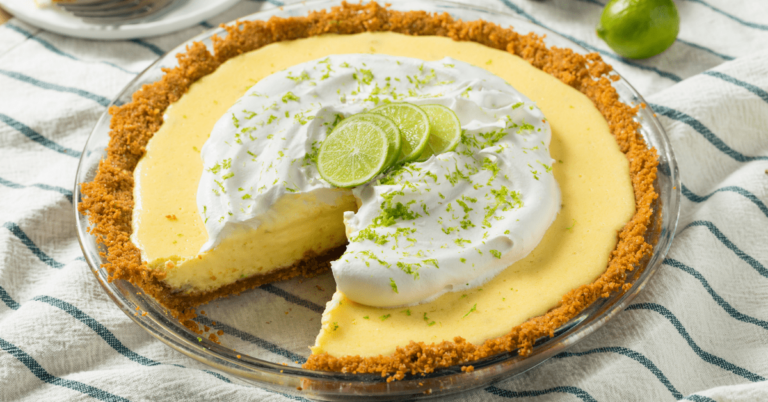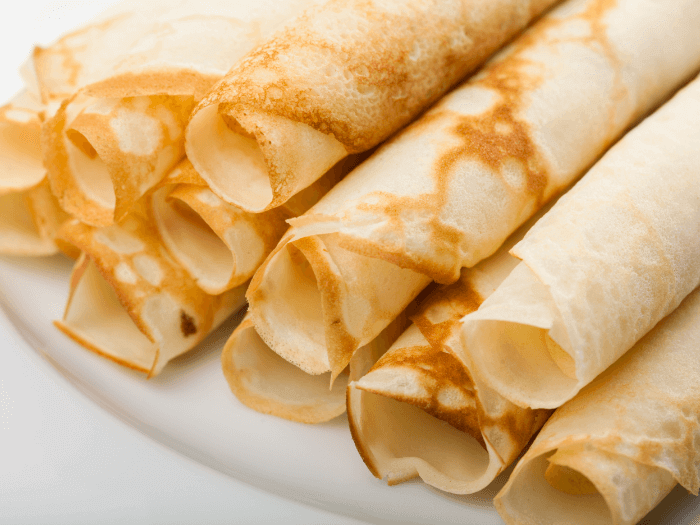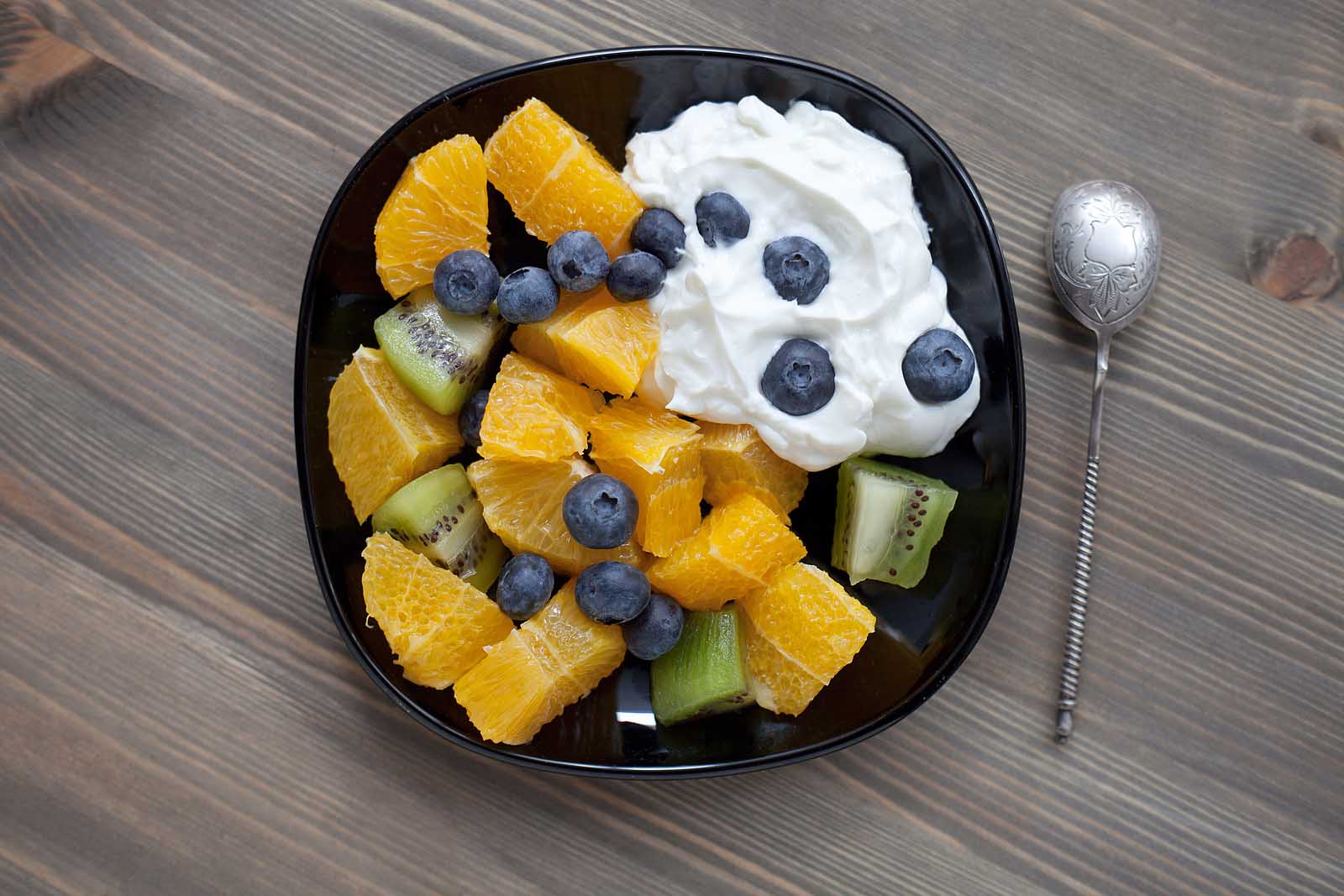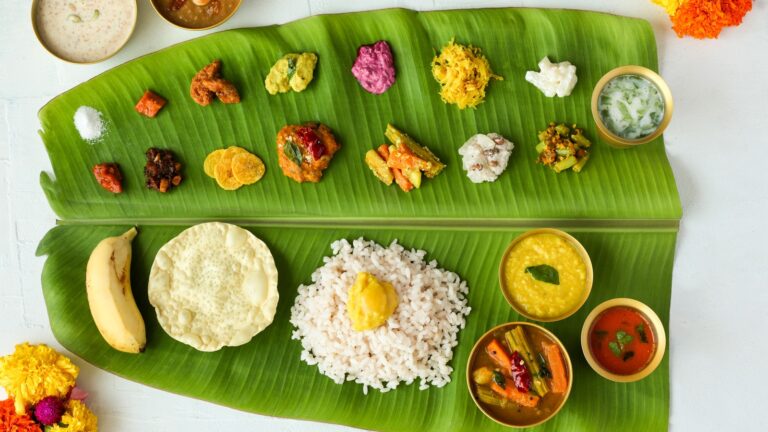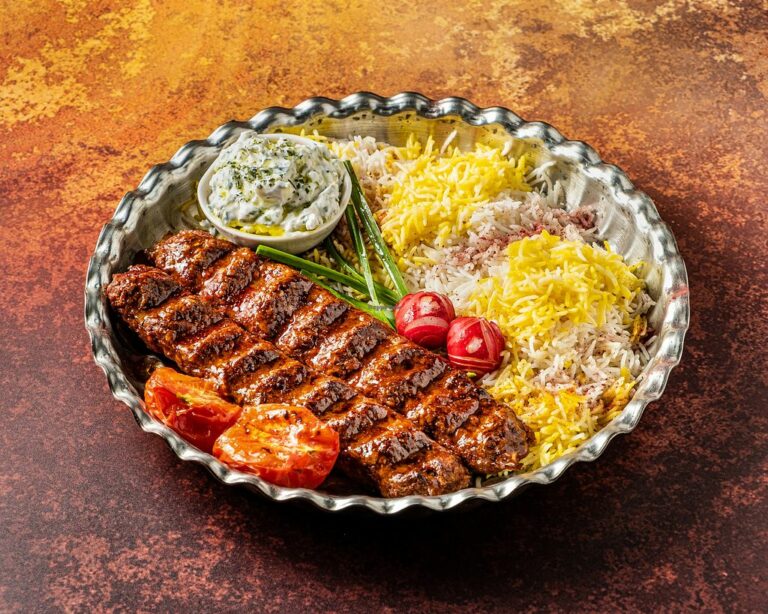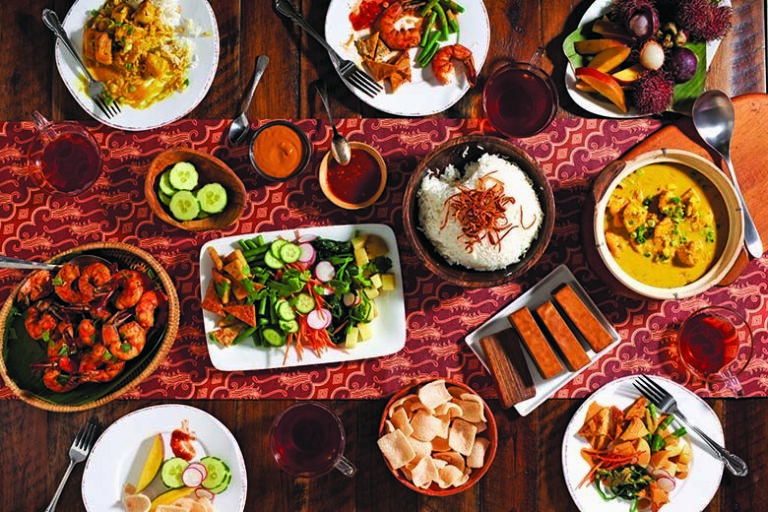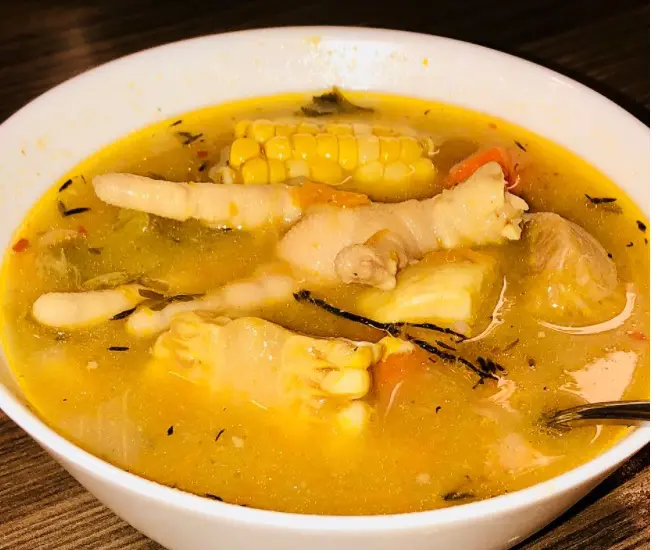Introduction to Guyanese Desserts
Guyana is a culturally rich country located in South America, and its desserts are no exception. Guyanese cuisine is heavily influenced by Indian, African, and European flavors, and this is reflected in the country’s desserts as well. From sweet and savory to refreshing and creamy, Guyana offers a wide range of desserts that are sure to tantalize any taste bud.
Indulge in the Sweet Flavors of Cassava Pone
Cassava Pone is a popular dessert in Guyana and throughout the Caribbean. This sweet and dense cake-like dessert is made from grated cassava, coconut, spices, and sweeteners like brown sugar or molasses. The mixture is then baked until it becomes a golden brown color and has a slightly crispy exterior. Cassava Pone is typically served as a sweet snack or dessert and is best enjoyed with a cup of tea or coffee.
Savor the Creamy Goodness of Custard
Custard is a dessert that is enjoyed all over the world, and Guyana is no exception. Guyanese custard is made with a mixture of condensed milk, evaporated milk, eggs, and vanilla extract. The mixture is then cooked over a stove until it thickens and becomes creamy. This dessert is often served chilled and is a favorite among locals.
Delight in the Richness of Black Cake
Black Cake is a dessert that is synonymous with Christmas in Guyana. This rich and dense fruit cake is made with a combination of dried fruits, rum, and spices. The cake is soaked in rum for several weeks before it is served, giving it a distinct flavor. Black Cake is often served during festivities and special occasions, and it is a must-try for anyone visiting Guyana during the holiday season.
Treat Yourself to a Slice of Pine Tarts
Pine Tarts are a popular dessert in Guyana and are made with a sweet and flaky pastry crust filled with a tangy pineapple filling. This dessert is often sold by street vendors and is a favorite among locals. Pine Tarts are best enjoyed as a sweet snack or paired with a cup of tea.
Enjoy the Refreshing Taste of Mauby Ice Cream
Mauby is a traditional Guyanese drink made from the bark of the mauby tree. This drink is often sweetened with sugar or molasses and has a distinct bitter flavor. Mauby Ice Cream is a modern take on this traditional drink and is made by combining mauby syrup with cream and freezing it. This dessert is refreshing and has a unique flavor that is sure to please any palate.

